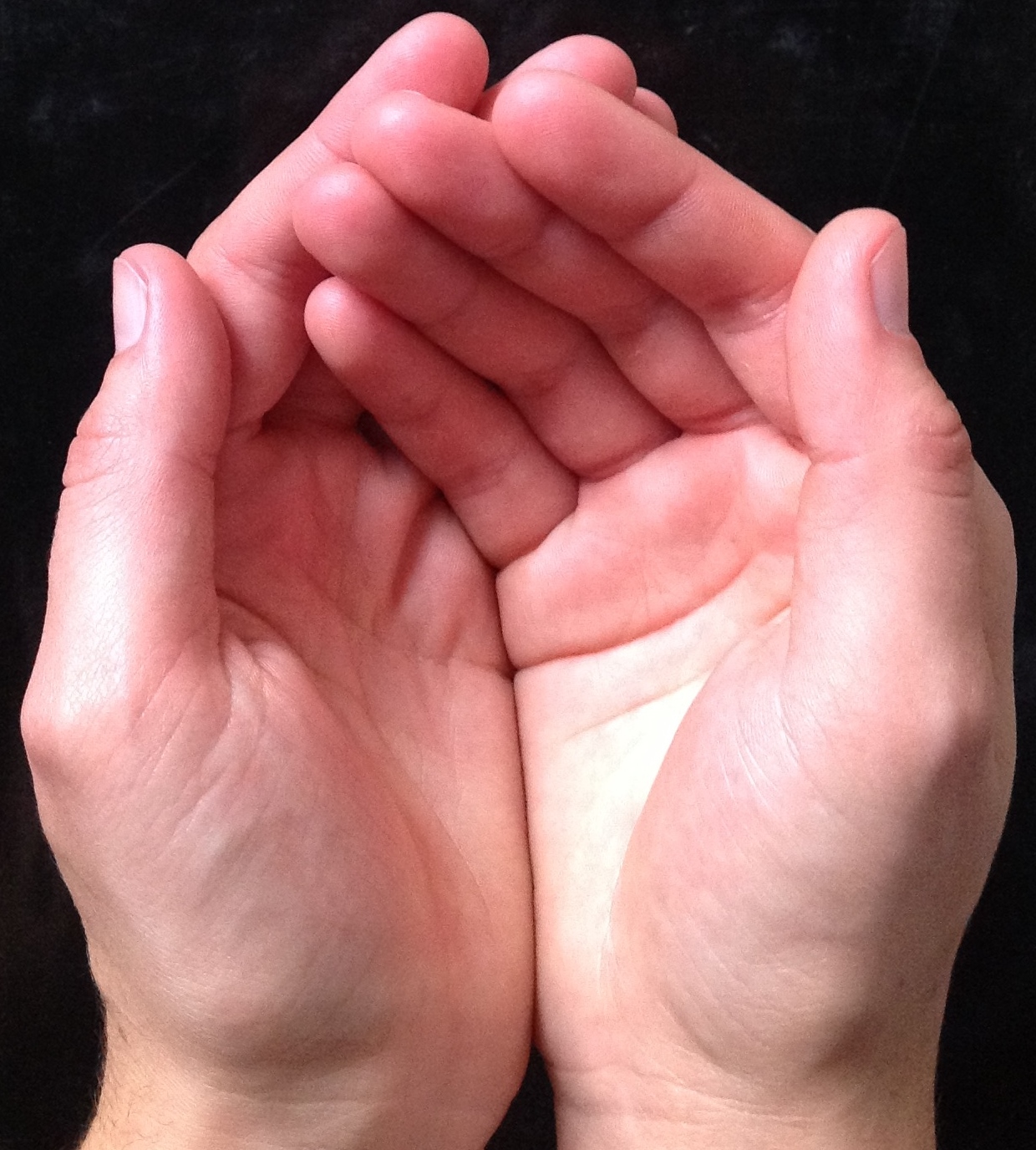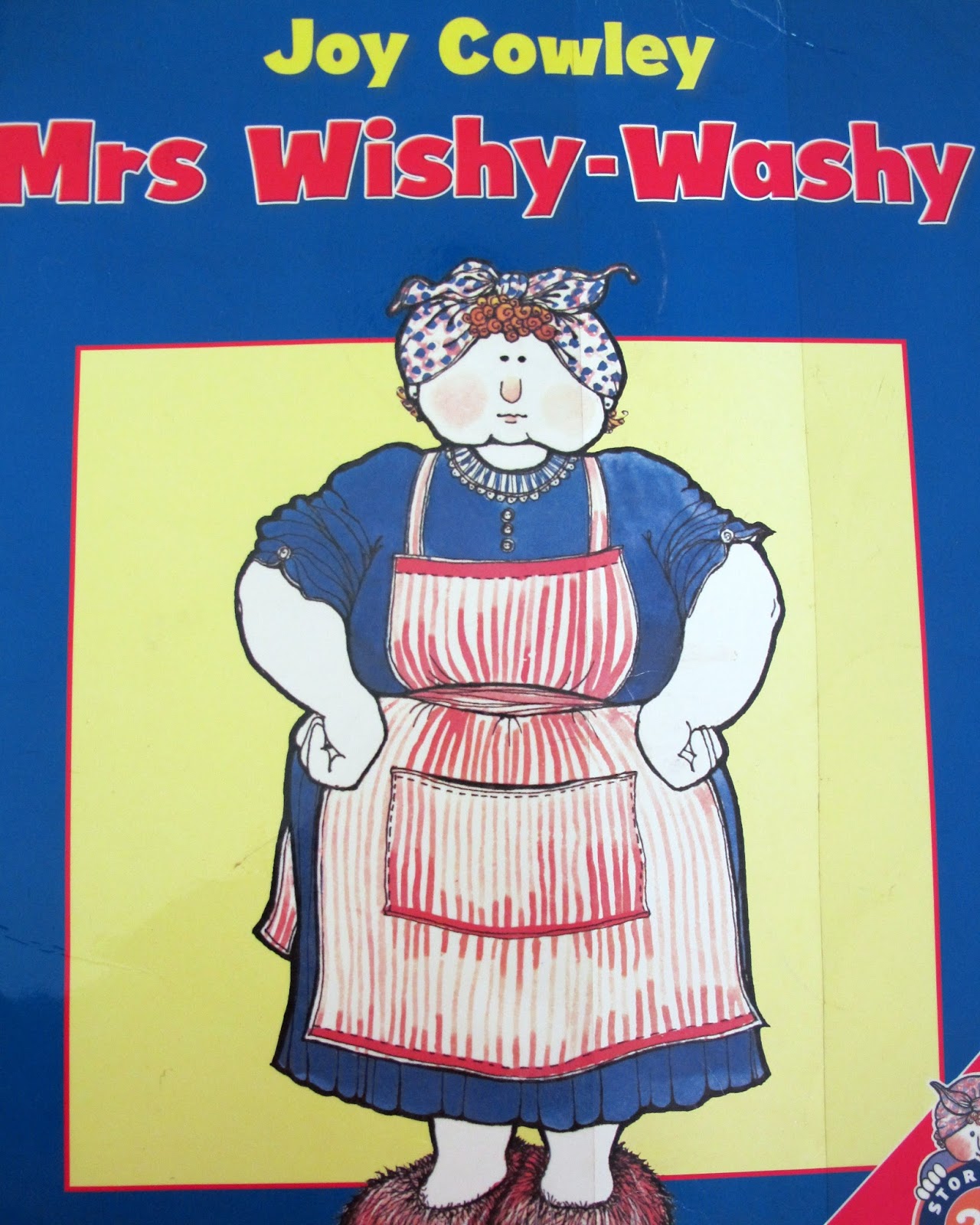The power of kinaesthetic learning to instill essential understandings...
Using kinaesthetic learning to instill the principles underlying the structure of the English writing system.
Here is one strategy that I regularly use when working with adults and the young alike.
1. Using the motor memory to instill significant new concepts and understandings.
Use kinaesthetic hand movements, to understand the fundamental principle of English spelling, meaning is the key to spelling.
With a closed fist say, "This is the base..."
Open and cup hands, "...which holds the meaning..."
Hold or dangle a key, "...and the meaning is the key to the spelling."
Learning process:
Learners stand in a circle and watch the teacher model the movements, demonstrating the two actions of movement and voice.
Learners shadow the teacher, simultaneously using the hand movements and speaking the statement.
Learners practise independently whilst moving around a designated space.
Learners show a partner, sharing the hand movements and the voiced statement. Partners give feedback to each other.
Move on and share with a few partners. Teacher circulates and guides learners, assessing understanding.
Practice these hand movements intermittently throughout the lesson to remind learners about the significance of meaning when spelling.
"Tell the person closest to you what is the key to spelling."
"Most scientists agree that movement and cognition
are powerfully connected..."
Eric Jensen, Teaching with the Brain in Mind
Use the same process to learn and understand the 6 most important letters of the English alphabet: the vowel letters.
a e i o u
and sometimes the y
Using the same kinaesthetic strategies with middle school students...
The act of moving within a designated space allows for greater commitment and concentration and provides opportunities for immediate feedback from peers and teachers.

...and with three year olds!

 Initially the learning is purely kinaesthetic and oral. For this reason I don't recommend directly writing the vowel letters on the fingers (with marker or pen) but model the correct formation of each vowel letter on the palm of the hand with the pointer finger. Learners can then practise the formation of the letters on small whiteboards or with pen and paper, as indicated in these photos.
Initially the learning is purely kinaesthetic and oral. For this reason I don't recommend directly writing the vowel letters on the fingers (with marker or pen) but model the correct formation of each vowel letter on the palm of the hand with the pointer finger. Learners can then practise the formation of the letters on small whiteboards or with pen and paper, as indicated in these photos.










.JPG)



Comments
Post a Comment